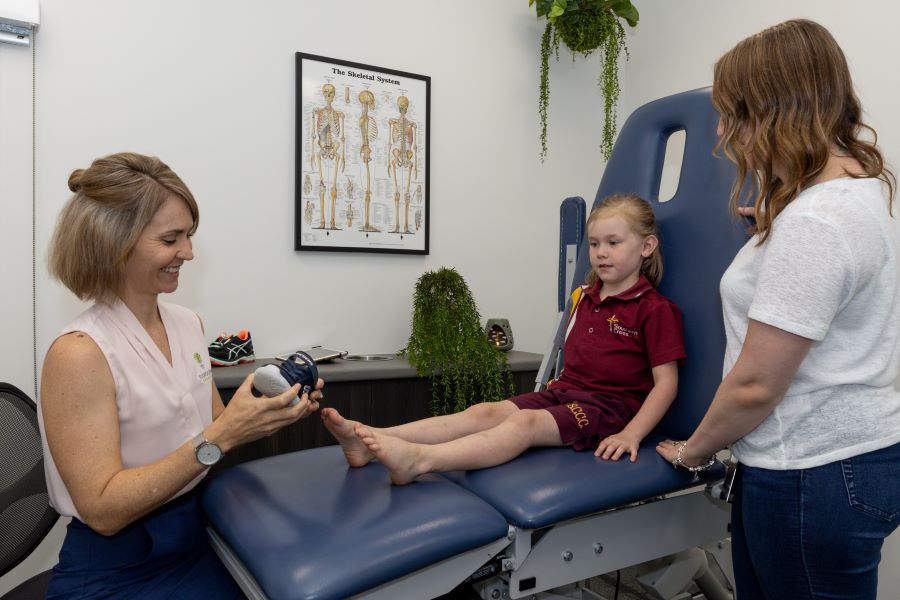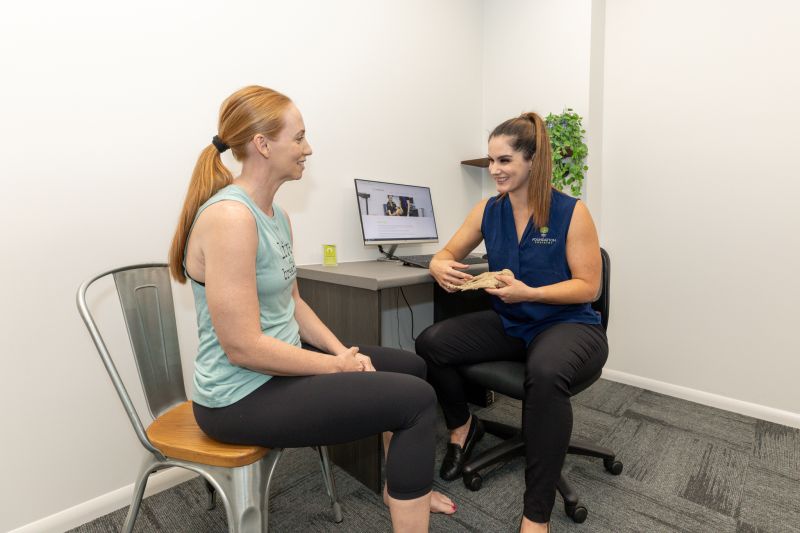More pages in this section
Toe Walking in Children
Often parents will bring their children into the clinic concerned about their child walking on their tip toes. There is generally no pain associated with toe walking however the parent is concerned about possible long-term consequences of persisting to walk in this way.
Children who walk on their toes beyond the age of 3 years and who do not have underlying neurological, sensory or muscular conditions, are often diagnosed with idiopathic toe walking.
Causes of Toe Walking in Children
The cause of idiopathic toe walking is unknown although in approximately 30-40% of cases there is a family history. Idiopathic toe walking is a diagnosis of exclusion, meaning that there are no underlying medical conditions contributing to the toe walking but the cause for the toe walking is unknown. Essentially a diagnosis of idiopathic toe walking is made when apart from walking on the toes, the child is healthy otherwise (Michalitsis et al., 2019; Pomarino et al., 2017).
Toe walking is also associated with certain neurological, orthopaedic and muscular deficiency conditions (such as autism, hypersensitivity syndromes, talipes conditions, congenitally short achilles tendon). Therefore, it is necessary to establish that there are no underlying medical conditions contributing to the toe walking before a diagnosis of idiopathic toe walking is made.
Signs and Symptoms of Tip-Toe Walking
The child displays a pattern of walking where their heels do not make contact with the ground, and they remain on the toes for each step. Running gait usually appears normal and if instructed to walk on the heels, the child is usually able to do this.
When toe walking persists the ankle joint can become stiff and the calf muscle and achilles tendon shortens. There can also be widening and enlargement of the forefoot (ball of the foot and toes) due to excessive weight bearing and the heel bone may be small and narrow due to a lack of weight bearing.
Early intervention is important to prevent habitual toe walking in order to minimise the development of a stiff ankle and an enlarged forefoot.
Treatment for Tip-Toe Walking
There are several conservative treatment options available including evidence-based treatments such as full length gait plates and stiff shoes which encourage heel contact during walking Michalitsis, J et.al. This may be complemented by stretching exercises and gait re-training techniques.
The video below shows a child walking with full length gait plates.
[feature-block]
Are you concerned about your child’s walking and running pattern or gross motor development? Talk to our experienced Podiatrists today!
[/feature-block]
References
Michalitsis, J., Murphy, A. T., Rawicki, B., Haines, T. P., & Williams, C. (2019). Full length foot orthoses have an immediate treatment effect and modify gait of children with idiopathic toe walking. Gait & Posture, 68,227-231
Pomarino, D., Ramírez Llamas, J., Martin, S., & Pomarino, A. (2017). Literature Review of Idiopathic Toe Walking: Etiology, Prevalence, Classification, and Treatment










